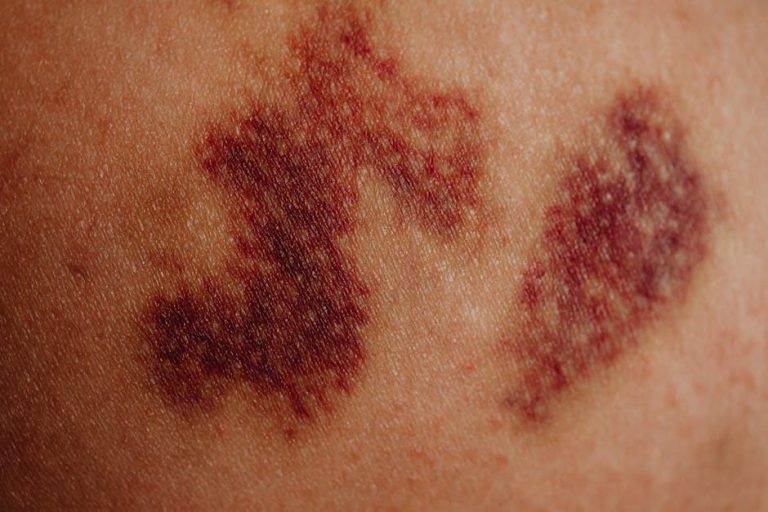
A Rare Complication of Dental Care: A Case of Subcutaneous Emphysema, Pneumomediastinum, and Pneumopericardium – Cureus
Dental procedures are generally safe and highly effective in promoting oral health. However, like all medical interventions, they carry some risks. Rare but serious complications – such as subcutaneous emphysema, pneumomediastinum, and pneumopericardium – can arise from routine dental care. This article explores these uncommon conditions, highlights a notable case published in Cureus, and offers practical insights for prevention and management.
Understanding the Complications: Definitions and Mechanisms
What is Subcutaneous Emphysema?
Subcutaneous emphysema occurs when air is introduced into the soft tissues beneath the skin, causing swelling and a characteristic crackling sensation when touched. In dentistry, this may happen if pressurized air from dental instruments escapes through tissue planes.
What is Pneumomediastinum?
Pneumomediastinum is the presence of air in the mediastinum, the central compartment of the thoracic cavity that contains the heart, great vessels, trachea, and esophagus. Air can track down from the neck or chest after dental or maxillofacial interventions, leading to chest pain, shortness of breath, and potentially serious cardiovascular complications.
What is Pneumopericardium?
Pneumopericardium is the accumulation of air in the pericardial sac surrounding the heart. It is a rare but life-threatening condition that can result in cardiac tamponade, where the heart is compressed and cannot pump normally.
Case Overview: Subcutaneous Emphysema, Pneumomediastinum, and Pneumopericardium After Dental Treatment
A recent Cureus case report detailed an unusual patient who developed all three conditions following a routine dental extraction. The use of an air-driven dental handpiece during the procedure allowed air to infiltrate soft tissue planes, spreading rapidly from the face and neck into the thoracic cavity.
| Aspect | Description |
|---|---|
| Patient Profile | Middle-aged adult undergoing molar extraction |
| Symptoms | Facial swelling, neck crepitus, chest pain, and shortness of breath |
| Diagnostic Tools | Chest X-ray, CT scan |
| Intervention | Oxygen therapy, antibiotics, close monitoring |
| Outcome | Full recovery with no lasting complications |
How Does This Complication Occur During Dental Care?
- Use of high-speed air-driven instruments: Air can be forced into soft tissues through surgical or extraction sites.
- Tissue disruption: Surgery or trauma to mucosal and soft tissue barriers facilitates air entry.
- Existing anatomical pathways: Air can dissect along fascial planes and reach the mediastinum or pericardium via cervical fascial spaces.
- Improper technique or prolonged surgery time: Exaggerates risk of air infiltration.
Clinical Presentation and Diagnosis
Recognizing these dangerous complications early is key to preventing severe outcomes. Presenting symptoms often include:
- Swelling of the face, neck, or chest with palpable crepitus (crackling under the skin)
- Chest pain or tightness
- Difficulty breathing or shortness of breath
- Voice changes or throat discomfort
- Subcutaneous air may extend to the eyes or scalp in severe cases
Diagnostic imaging plays a vital role in confirmation:
- Chest radiograph: Reveals presence of air in soft tissue, mediastinum, or pericardium
- Computed tomography (CT): Offers detailed visualization, essential for assessing the extent of emphysema, mediastinal air, and pericardial involvement
Treatment and Management Strategies
Most cases require prompt but conservative management. Key aspects of treatment include:
- Oxygen therapy: High-flow oxygen helps resorb trapped air faster.
- Close monitoring: Patient observation for respiratory distress or hemodynamic instability.
- Antibiotics: Prophylactic antibiotics prevent secondary infections from oral flora.
- Avoidance of maneuvers increasing air pressure: Coughing, Valsalva maneuvers, or nose blowing should be minimized.
In extremely rare and severe cases, surgical intervention or pericardiocentesis may be needed to relieve pressure.
Practical Tips to Prevent These Rare Dental Complications
- Use alternative non-air-driven instruments where possible during surgical procedures.
- Carefully control pressure settings on dental handpieces and air syringes.
- Maintain integrity of mucosal and soft tissue barriers during procedures.
- Educate patients to avoid activities that increase intraoral pressure following dental treatments.
- Early recognition and referral: Dentists should know how to identify these signs and escalate care promptly.
Why Awareness Matters: Insights from the Cureus Case Report
Reporting rare complications such as the case highlighted in Cureus enhances collective clinical awareness and improves patient outcomes. This case reminds us that:
- Rare complications can arise even from routine dental care.
- Multi-disciplinary collaboration with emergency and radiology teams optimizes diagnosis and management.
- Early detection and properly coordinated treatment are lifesaving.
Summary Table: Key Facts About Dental Care-Related Air Complications
| Complication | Definition | Symptoms | Management |
|---|---|---|---|
| Subcutaneous Emphysema | Air in subcutaneous tissue | Facial swelling, crepitus | Oxygen therapy, monitoring |
| Pneumomediastinum | Air in mediastinal space | Chest pain, dyspnea | Close observation, oxygen |
| Pneumopericardium | Air in pericardial sac | Chest discomfort, tamponade signs | Emergency intervention if tamponade |
Conclusion
Although subcutaneous emphysema, pneumomediastinum, and pneumopericardium are rare complications of dental care, their potentially serious consequences require vigilance from dental professionals and patients alike. Understanding the mechanisms, timely diagnosis, and appropriate management can ensure full recovery and minimize risks. The Cureus case underscores the importance of continuous education and careful technique in dental procedures. Whether you’re a healthcare provider or a dental patient, being informed empowers safer, healthier outcomes.
If you experience unusual swelling, chest discomfort, or breathing difficulties after dental treatment, seek emergency care immediately.


